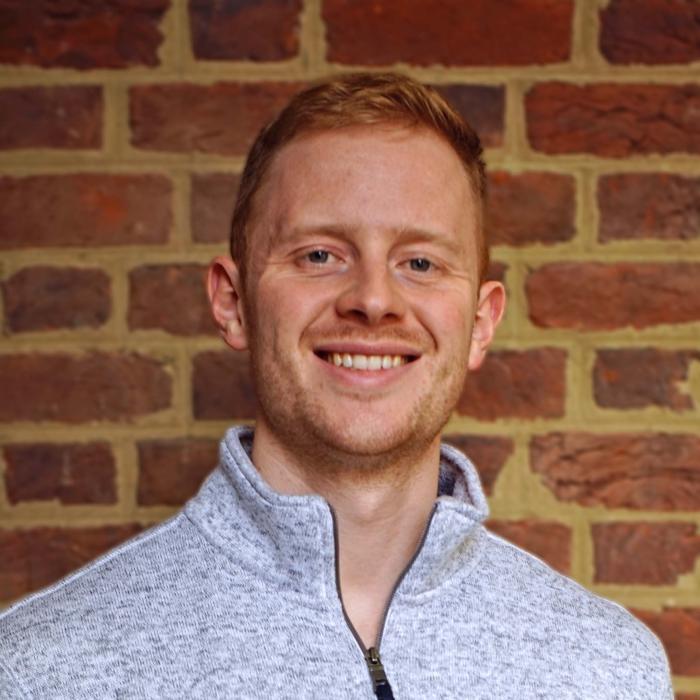News

Graduate Student Highlight: Fred Brøndsted
ChemSciComm Grad Student Research Highlight
Fred Brøndsted
Ph.D. Candidate, C. Stains Lab
What is the underlying question of your research?
The underlying question of my research is: How can we develop chemical tools that will allow us to learn more about the biochemical microenvironments within disease states. More specifically, I am building imaging tools or contrast agents for photoacoustic imaging which is a technique that allows for deep-tissue imaging, e.g., we can use this imaging technique to detect tumors in live animals.In a broad sense this is for precision medicine approaches, where we want to optimize treatment as much as possible to the individual, but to do so one needs to understand the chemical makeup of the disease within the individual.
What impact could your research have?
My research specifically targets acute myeloid leukemia (AML). Currently, the main method to diagnose and monitor AML is through bone marrow biopsies, which are very painful and can leave the patient bedridden for days. If the technology that we are developing works, we envision a world where AML could be monitored using photoacoustic imaging and AML specific contrast agents, and we would be able to quantify the amount of AML present in the individual just by imaging. We might not be able to fully eliminate the need for biopsies, but we think that we could save the patients some pain and discomfort by reducing the number of biopsies needed.
What is a significant way your initial hypothesis has changed?
While developing these AML specific imaging reagents, we have learned a lot about how difficult a target it might be, since AML presents with circulating cancer cells. Therefore, I have learned that it is not enough just being able to produce a signal when our imaging reagent finds the AML cell. It is also important to maintain the signal, and it is important that the signal is strong, so we have had to dive further into the design of the contrast agents to improve the signal output, to make sure that we can see the signal within an animal.
What is the biggest challenge in your research area for the next 5 years?
The biggest challenge is gaining adaptation. Photoacoustic imaging is a relatively new imaging technique. This means that current techniques for deep-tissue imaging such as MRI or CT are already super well-established and that makes them hard to compete with for real world applications. I think the imaging processing software can also still come ways to help give better, more accurate results.
What is a key paper someone should read to understand your research area?
I think “Acoustogenic Probes: A New Frontier in Photoacoustic Imaging”, is a good introduction to the field by the Chan Lab. The Chan lab is among the leaders in the field, and I enjoy reading their papers.
DOI: 10.1021/acs.accounts.8b00351 Acc. Chem. Res. 2018, 51, 2897−2905.
